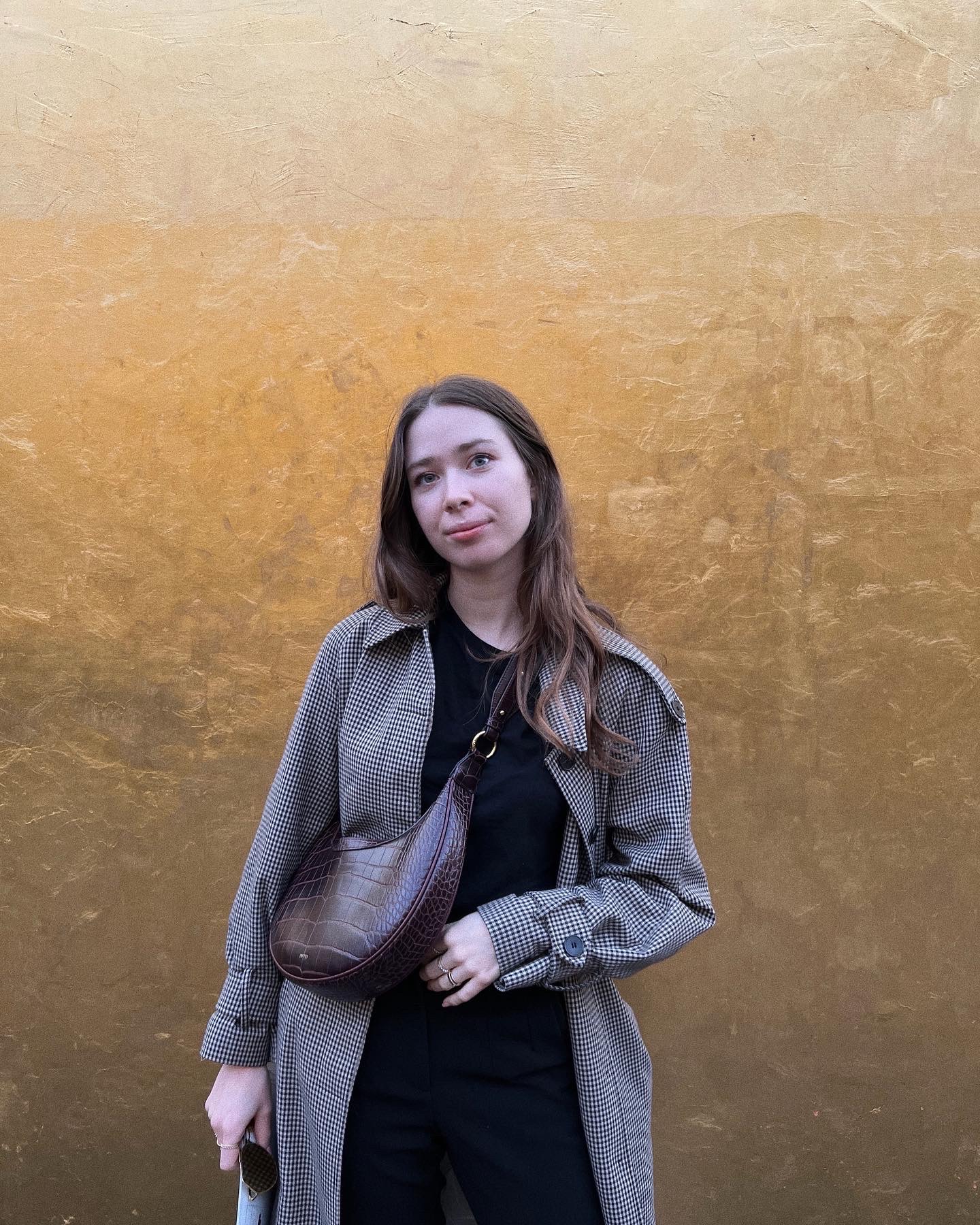Dôme de Genbaku à Hiroshima : symbole de paix et mémoire
Le Dôme de Genbaku, situé au 1-10 Otemachi dans le quartier Naka à Hiroshima, est un monument chargé d’histoire. Construit en 1915 par l’architecte tchèque Jan Letzel, il servait de hall d’exposition industrielle avant la Seconde Guerre mondiale. Lors de l’éclatement de la bombe atomique en 1945, ce bâtiment a résisté partiellement à l’explosion, devenant un symbole puissant de la destruction et de la résilience de Hiroshima. Depuis, il est inscrit sur la liste du patrimoine mondial de l’UNESCO et attire chaque année de nombreux visiteurs désireux de comprendre cette page sombre de l’histoire mondiale. La visite de ce monument est incontournable pour tous ceux qui souhaitent s’imprégner de l’histoire de la ville et de ses efforts pour la paix.
Le site abrite également un musée dédié à la mémoire de la bombe atomique, proposant une immersion dans l’histoire de Hiroshima et de ses habitants. Le lieu est reconnu pour son importance éducative et symbolique, offrant un espace de réflexion sur les conséquences de la guerre nucléaire. L’ambiance qui y règne est à la fois solennelle et inspirante, avec un décor sobre et respectueux, renforçant l’impact émotionnel de la visite. Le Dôme de Genbaku demeure un témoin silencieux mais puissant, rappelant la nécessité de préserver la paix dans le monde.
Vos retours sont importants pour nous. Si vous avez remarqué une erreur concernant ce lieu, merci de nous en informer pour que nous puissions la corriger.
Nous récupérons automatiquement les informations disponibles sur votre lieu. Si jamais celles-ci ne sont pas correctes, connectez-vous gratuitement sur notre tableau de bord pour les modifier et bonus, accédez à vos statistiques détaillées.
 和牛コウネ専門店 いろはうた平和記念公園前
中島町2-5, 中区 広島市 広島県 730-0811
Ajouté par548 utilisateurs
和牛コウネ専門店 いろはうた平和記念公園前
中島町2-5, 中区 広島市 広島県 730-0811
Ajouté par548 utilisateurs




"Vestige de la bombe nucléaire "
@
"dome, symbole de la guerre"
@
"The Hiroshima Peace Memorial (Genbaku Dome) was the only structure left standing in the area where the first atomic bomb exploded on 6 August 1945. Through the efforts of many people, including those of the city of Hiroshima, it has been preserved in the same state as immediately after the bombing. Not only is it a stark and powerful symbol of the most destructive force ever created by humankind; it also expresses the hope for world peace and the ultimate elimination of all nuclear weapons."
@berlindsey
"monument dédié à la bombe nucléaire "
@
"Industrial promotion hall, commercial center, where the bomb hit, UNESCO memorial"
@
"Point d'impact de la première bombe atomique"
@
"- Dôme de la bombe A (Genbaku Dome) —> ruine d’Hiroshima au dessus duquel la bombe a explosé (p. 435) "
@
"Ancienne chambre des commerces d’Hiroshima. L’épicentre verticale de la bombe atomique. Le bâtiment a été conservé comme mémorial et comme souvenir."
@aubin.bqt
"à 160m de l'épicentre, une partie du bâtiment a résisté à la déflagration."
@julien.testu1235
"à 160m de l'épicentre, une partie du bâtiment a résisté à la déflagration."
@margot.naulin3
"Gratuit Arrêt de Bus Genbaku-domu-mae Conçu en 1915 Un des rares bâtiments à l’épicentre de l’explosion a être resté debout "
@
"++ (le bâtiment en ruine après la bombe)"
@lilou.cauz
"Remains of Industrial Promotion Hall which was destroyed by the atomic bomb."
@
"24/24 - Gratuit, sans réservation "
@seikapika
"Impressionnant quand on se plonge dans l’histoire "
@
"• Impressionnant de voir ce bâtiment qui a survécu au souffle de la bombe. "
@jakcloud
"à la tombée de la nuit et de nuit, c est prenant"
@
"Fiamma >> si spegnerà quando nessuno stato avrà la bomba atomica"
@
"Reste d'un bâtiment qui a survécu à la bombe atomique en 1945 💣"
@lucafenau
"Dome qui symbolise les restes du bombardement d’Hiroshima"
@anissa.cookeen
"原爆ドーム 〒730-0051 広島県広島市中区大手町1−10"
@
"Seule trace des restes avant la bombe "
@
"Bâtiment prefectoral ayant survécu à la bombe à 130m "
@
"C’est à 160m de ce bâtiment (hall des promotions de l’industrie) que la bombe Little Boy a explosée. "
@
"Seul bâtiment restant suite à l’explosion ; ça fait peur "
@guyyenapas8
"dôme de la bombe atomique (dôme Genbaku)."
@renogl1
"Ce bâtiment construit en 1915 servait de Palais d’exposition industrielle de la préfecture d’Hiroshima avant la guerre. Comme il était construit en béton, une partie du bâtiment résista à la déflagration – tuant sur le coup toutes les personnes se situant aux alentours -, et est inscrit sur la liste des monuments du patrimoine mondial de l’UNESCO depuis 1996."
@leageny
"Bâtiment à quelques metre de l’épicentre de la bombe"
@mrgoupil
"Qui méconnaît la photo célèbre du Dôme de Genbaku, symbole de la paix et du bombardement atomique de la ville ? Ce bâtiment construit en 1915 servait de Palais d’exposition industrielle de la préfecture d’Hiroshima avant la guerre. Comme il était construit en béton, une partie du bâtiment résista à la déflagration – tuant sur le coup toutes les personnes se situant aux alentours -, et est inscrit sur la liste des monuments du patrimoine mondial de l’UNESCO depuis 1996. Le lieu, incontournable des choses à faire pour visiter Hiroshima, symbolise l’espoir d’une paix durable."
@ma.nier
"UNESCO World Heritage At 8:15 A.M, on August 6, 1945, the U.S. B-29 bomber Enola Gay dropped the world's first atomic bomb on the city of Hiroshima. The bomb, called Little Boy, killed about 140,000 people. Hiroshima Peace Memorial — known as Atomic Bomb or Genbaku Dome — stands as a witness of the nuclear devastation as well as a symbol of hope for peace The building was originally built in 1915 as the Hiroshima Prefectural Commercial Exhibition Hall. Designed by Czech architect Jan Letzel, it was a three-story brick building in a mixture of Secession and neo Baroque styles. During World War I, the building was used to house governmental and commercial offices. The hypocenter of the atomic explosion was only about 525 feet (160 m) southeast of this building. The bomb exploded virtually above the building, and because the blast wave traveled straight down through its center, some walls and the steel frames of the structure survived. The ruins of the building came to be known as A-Bomb Dome and have been preserved as they were in the immediate aftermath of the nuclear explosion. After much debate, the city of Hiroshima decided in 1966 to preserve the dome indefinitely, and its now part of the Hiroshima Peace Memorial Park. The park was designed by Tange Kenzo and has a number of memorials, including the Peace Memorial Museum. Every year an August 6; Hiroshima City holds the Peace Memorial Ceremony in front of the Memonal Cenotaph at the park to remember the victims of the atomic bomb. Although China and the United States expressed reservations about its inclusion, UNESCO designated the dome a World Heritage site in 1996, describing it as a stark and powerful symbol of the most destructive force ever created by humankind, as weil as expressing the hope for world peace and the ultimate elimination of all nuclear weapons."
@nchavotier
"Bâtiment qui a résisté à bombe"
@
"https://noobvoyage.fr/aventures/que-faire-au-japon/"
@
"Gratuit Lonelyp461 Kochip241"
@
"L'un des rares témoignages architecturaux que la ville conserve de la catastrophe d'août 1945. En effet, suite à l'explosion, trois ou quatre bâtiments, dont le Genbaku Domu, subsistaient encore, bien que partiellement détruits. Lors de la reconstruction de la ville, il fut décidé de conserver cet unique édifice afin de se rappeler au souvenir de cet événement tragique. Ce vestige, qui était à l'origine l'ancien palais du développement industriel, a été inscrit au patrimoine de l'Unesco en 1996. De l'autre côté du fleuve, on peut voir une plaque avec une photo d'époque, pour se faire une idée de comment était le bâtiment avant l'explosion."
@
"Édifice ayant survécu à l’attaque nucléaire "
@
"Seul édifice qui a survécu à l’explosion de la première bombe atomique "
@
"L'un des rares témoignages architecturaux que la ville conserve de la catastrophe d'août 1945. En effet, suite à l'explosion, trois ou quatre bâtiments, dont le Genbaku Domu, subsistaient encore, bien que partiellement détruits. Lors de la reconstruction de la ville, il fut décidé de conserver cet unique édifice afin de se rappeler au souvenir de cet événement tragique. Ce vestige, qui était à l'origine l'ancien palais du développement industriel, a été inscrit au patrimoine de l'Unesco en 1996. De l'autre côté du fleuve, on peut voir une plaque avec une photo d'époque, pour se faire une idée de comment était le bâtiment avant l'explosion."
@
"Bâtiment qui a survécu à la bombe -> vestiges"
@
"bâtiment ayant résisté à la bombe atomique "
@
"Le seul monument ayant résisté à l’explosion de la 1ere bombe atomique sur Hiroshima en 1945"
@
"L'un des rares témoignages architecturaux que la ville conserve de la catastrophe d'août 1945. En effet, suite à l'explosion, trois ou quatre bâtiments, dont le Genbaku Domu, subsistaient encore, bien que partiellement détruits. Lors de la reconstruction de la ville, il fut décidé de conserver cet unique édifice afin de se rappeler au souvenir de cet événement tragique. Ce vestige, qui était à l'origine l'ancien palais du développement industriel, a été inscrit au patrimoine de l'Unesco en 1996. De l'autre côté du fleuve, on peut voir une plaque avec une photo d'époque, pour se faire une idée de comment était le bâtiment avant l'explosion."
@
"un luogo tragico a ricordo della prima bomba atomica"
@
"seul monument qui a résisté "
@
"symbole de la paix et du bombardement atomique de la ville construit 1915"
@
"Seul bâtiment témoin du bombardement atomique, au milieu du parc (à voir la nuit)"
@
"1-4-2017 beautifully impressive park and museum."
@
"Dome that is still standing from after the bomb. Crazy to see how much damage it's taken and is still up "
@
"Very touching moment of this holiday, you can realise how big has been this tragedy for this city and this country. Worth it. "
@
"It's amazing the building is still standing and I think it's an important thing to keep in this city of peace"
@